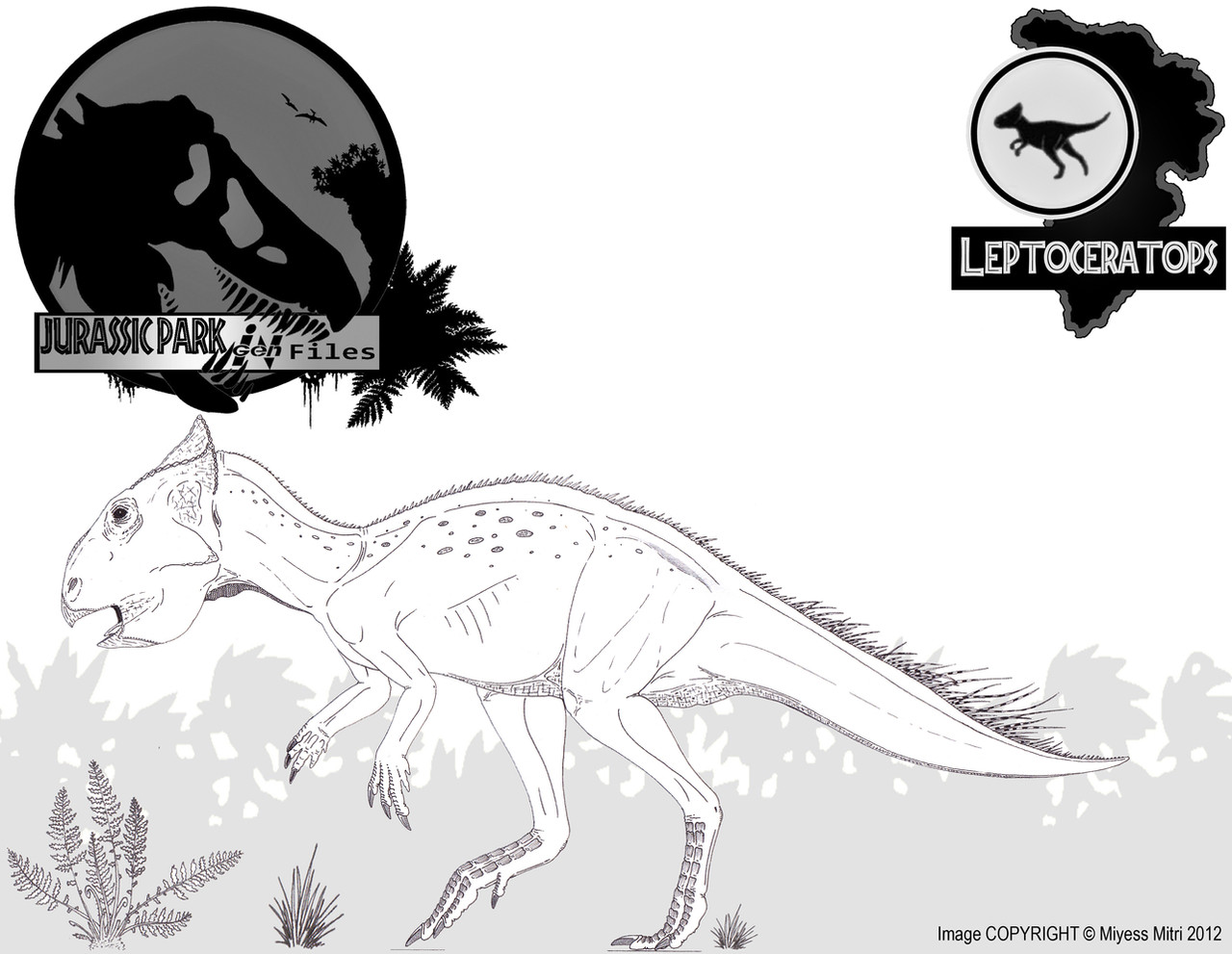HOME | DD
 Miyess — InGen Files - Leptoceratops gracilis
Miyess — InGen Files - Leptoceratops gracilis

Published: 2012-09-24 13:55:29 +0000 UTC; Views: 5716; Favourites: 50; Downloads: 80
Redirect to original
Description
Leptoceratops is a small (around 2 meters long and estimated to weigh 90 to 150kg ) member of the Leptoceratopsidae family from the Late Cretaceous North America. Leptoceratops was the first small basal ceratopsian to be named, discovered in 1910 by the famous palaeontologist Barnum Brown. It was the latest protoceratopsid, living through the end of the Cretaceous Period along with the large ceratopsid dinosaur Triceratops.The large skull of Leptoceratops slopes down to a small, pointed, toothless beak. They don’t have nasal or brow horns, but there is a patch of rough scales above the nose. The frill is only slightly developed but solid, with a high, raised ridge down the midline. They sport a row of long quill like structures on their tails. Each quill is tipped with a small, sharp barb and a reservoir of venom that explodes upon contact. When confronted by predators, they swing their tails with great effect. The ejected barbs are embedded deep into the skin of any predator, injecting an irritating load of toxic quinines and phenols – heated y the same reaction associated with the removal of the quill. Quills that are shed are quickly replaced. In fact, an easy way of telling if a herd of Leptoceratops is nearby is to note the density of shed quills in an area (the denser and more numerous the quills, the closer you are to their territory)...
As a small herbivore it is hunted by a range of small and medium sized carnivores such as Troodon and Velociraptor. They can stand and run on their hind legs as well as walk on all fours. It can be found in great abundance in the tree fern forests on Isla Sorna. They live in small herds and congregate around large mounds of vegetation in which they incubate their eggs. They are sometimes found in forest streams foraging for weedy plants, snails and other invertebrates.
COPYRIGHT NOTICE ©
This work is covered under copyright law. You may not use my work for layouts, blogs, websites, myspace/facebook pages (or the like), banners, designs, posters, CD, books etc… without receiving permission or a license from me. My work is not stock photography. If I find that my work is being used illegally, then legal action will be taken. If you see my work being used, please E-mail me right away.
Please respect copyrights.
Related content
Comments: 9

Really great work here, look forward to next
👍: 0 ⏩: 1

Thanks.
Then I think you will like the Herrerasaurus InGen File coming soon...
👍: 0 ⏩: 1

Great work, and I wasn't expecting the quills on this guy to actually contain a venom resorvoir for self-defense. The poison-tipped quills is certainly a nice touch, and it reminds me of a porcupine if their quills were tipped with poison.
👍: 0 ⏩: 1

Thanks. 
Nothing lethal, unless you’re a Troodon sized animal that cops a face-full of qills, but certain cause enough irritation to deter a small predator.
I wasn’t going to feature this animal, but since it features in a Jurassic Park game, I began to entertain the idea. And when I considered ecological issues like carrying capacity, and the numbers of predators on Isla Sorna, I thought it would be necessary to add one more prey item to the list of animals cloned. After all, small predators might find it to be a hand full, but medium sized animals like Metriacanthosaurus and Albertosaurus would definitely make use of these abundant herbivores. Since the larger carnivore control the open plains, forcing medium sized predators to the forest margins...
👍: 0 ⏩: 0

very nice, I like it a lot. I espeacially like the outcoming of the head
👍: 0 ⏩: 1


























